“Hello! I need to make an appointment for my pet. She hasn’t been using her litter box and I’m getting tired of cleaning the carpet. Can I get her in today?” asks a pet owner.
“Unfortunately, our next available appointment isn’t until next month. If you think your pet needs urgent care, we recommend your nearest emergency veterinary hospital,” says the veterinary receptionist.
If you or a friend has encountered this situation recently, you’re not alone. Pet owners across the country are struggling to receive prompt veterinary care, including for urgent issues. Why is securing an appointment so difficult? And, what can you do about this problem? We answer these questions and more below.
Question: Why is seeing my veterinarian taking so long?
Answer: Veterinarians are turning clients away, or requiring them to schedule appointments so far out, for many reasons. The entire veterinary industry is struggling to keep up with the pet-care demand, especially while operating with a bare-bones staff, limited hours, resources, and energy. All too often, pet owners are told to seek care at a different veterinary practice, or an emergency facility.
Q: What are the main problems affecting the veterinary industry?
A: Unfortunately, the multitude of issues affecting the veterinary industry in turn are affecting patient care. Here are some of the most prominent problems facing the industry.
- Staffing shortages — Few veterinary practices are fully staffed. Veterinary professionals aren’t entering the field fast enough, and many more are leaving in search of higher wages, a better work-life balance, and fewer emotional, mental, and physical burdens. An average veterinary technician lasts only five years in the industry before changing careers.
- Decreased efficiency and productivity — The pandemic has put a huge damper on veterinary practices’ efficiency and productivity, making keeping up with the pet-care demand impossible. Disinfecting and social distancing protocols implemented during curbside care also greatly slowed veterinary teams, and productivity still has not rebounded.
- Product shortages and backorders — Many businesses struggled—and continue to struggle—with product shortages. Veterinary hospitals share many of the same medical supplies as human hospitals, so maintaining a well-stocked pharmacy, treatment area, and surgical suite, and treating pets has been difficult.
- Increased demand for veterinary care — Many households took in a new pet during the pandemic, and all these pets, as well as current patients, needed veterinary care. People spent more time at home with their pets, and discovered more issues that required treatment. Plus, stimulus checks provided more discretionary income for pet care.
Q: How did the COVID-19 pandemic slow down veterinary practices?
A: During the pandemic, veterinary practices implemented curbside care to keep their staff and their clients safe. This method limited the number of people inside hospitals and the amount of face-to-face contact, but was largely inefficient. Running back and forth to the parking lot, playing phone tag, and working with too few employees made operating at a normal pace a challenge. As these protocols slowed down veterinary teams, they pushed appointments further and further out. Limiting services to sick and injured pets, and reducing business hours also extended the timeline for wellness care.
Q: What is going on with emergency veterinary hospitals?
A: Many pet owners cannot receive prompt veterinary care at their primary care veterinarians right now, despite their pet being sick or injured and requiring urgent care, and primary care veterinarians at general practice hospitals have been forced by the overwhelming caseload to turn patients away. When their pet’s mild ailments could not be treated at general practices, pet owners headed to emergency facilities for issues that could have waited a few days. Pets heading to emergency veterinary hospitals for non-urgent matters have overloaded these facilities, causing hours-long wait times. In fact, many emergency hospitals have closed their doors, because they could not retain enough staff to provide adequate care, leaving the remaining hospitals increasingly overwhelmed. So, if your pet is ill or injured, and you cannot receive prompt care at Providence Vet, contact your local emergency hospital before heading there. They may also be unable to see your pet, but can refer you to a facility with availability.
Q: What can I do to ensure my pet receives veterinary care when needed?

A: If your pet requires veterinary care for preventive or urgent reasons, our Providence Vet team will do our best to see them in a timely fashion. But, we cannot make any guarantees. The best way to ensure your pet receives care when they need it is to:
- Schedule wellness care in advance — You know when your pet is due for their annual exam and vaccinations, so call ahead to schedule their appointment. Although they may not be due for months, we always appreciate forward-booking efforts.
- Monitor your pet’s health — Keep a close eye on your pet, and watch for subtle changes that may indicate they need veterinary care. Avoid waiting until the problem has become serious to call for an appointment.
During these difficult times, we ask that you please treat our team with kindness and compassion as we strive to care for your pet. We chose this profession to help animals, and, while the pandemic is making that dream challenging, we are working harder than ever to do that. Contact us for all your pet’s care.

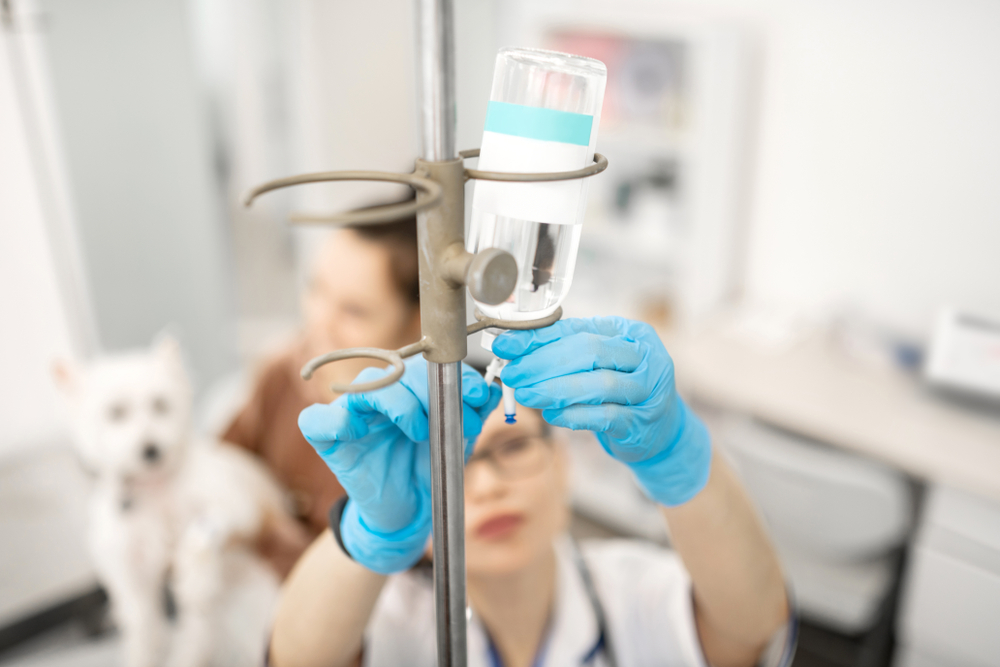
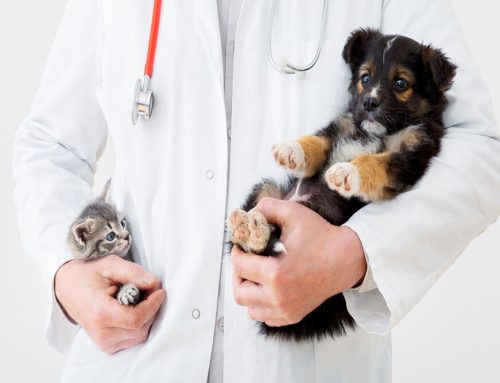
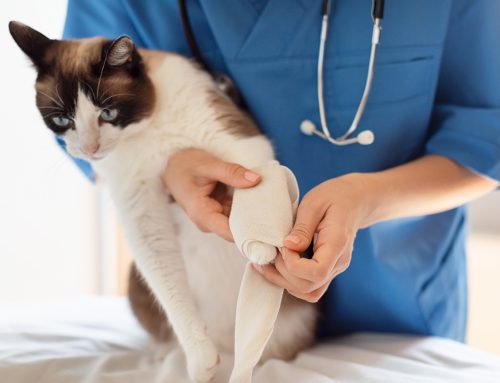
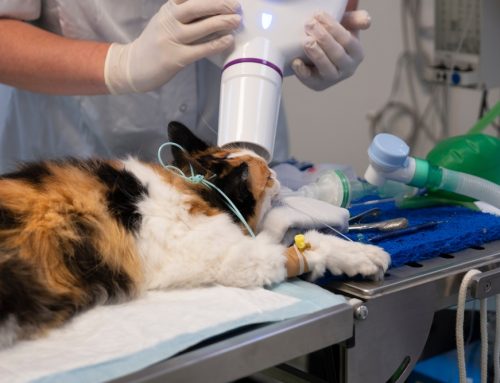
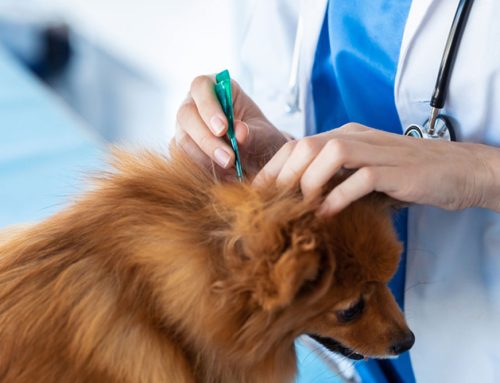
Leave A Comment